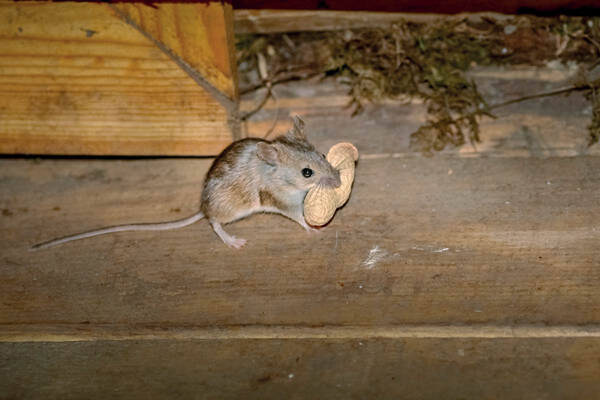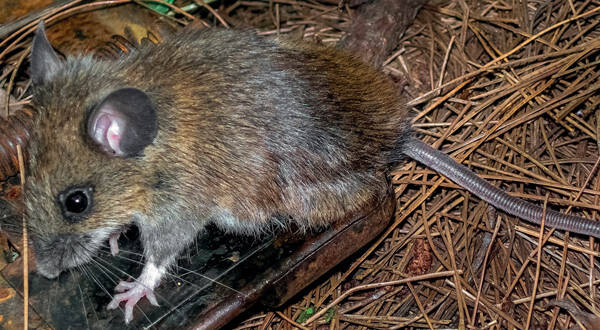
Apodemus peninsulae
Apodemus peninsulae,Wood mouse, mountain mouse, Korean wood mouse
The Great Wood Mouse belongs to the Murinae subfamily, and its species-level···
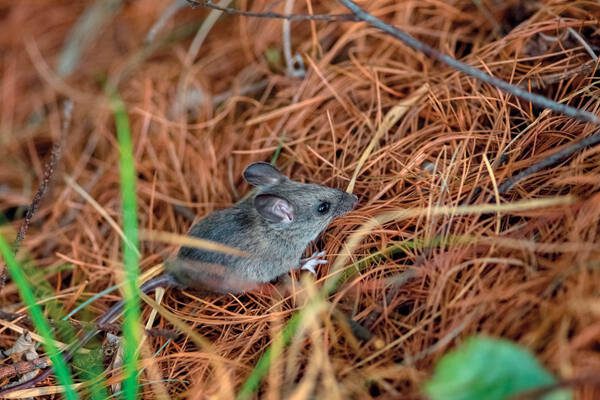
Apodemus latronum
Apodemus latronum
The big-eared field mouse belongs to the subfamily Murinae. This species is ···
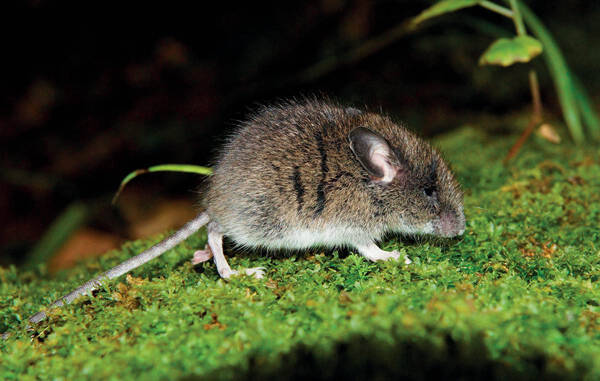
Apodemus ilex
Apodemus ilex
The Lancangjiang Apodemus belongs to the Murinae subfamily. The taxonomic st···
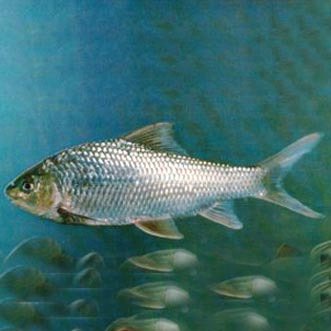
Onychostoma angustistomata
Onychostoma angustistomata,Small mouth white nail, sharp mouth white nail, wax brown
The Latin name of Sichuan white snapper is Onychostoma angustistomata. It is···
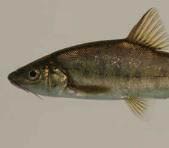
Sinocyclocheilus
Sinocyclocheilus,Golden thread fish, small hole fish, pineapple fish
The Latin name of Sinocyclocheilus is Sinocyclocheilus, which is a general t···
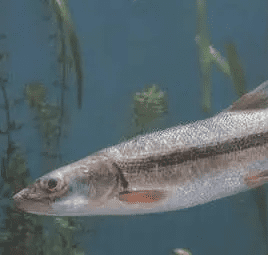
Luciocyprinus langsoni Vaillant
Luciocyprinus langsoni Vaillant,Luciocyprinus langsoni
The Latin name of the single-striped Luciocyprinus langsoni Vaillant is Luci···
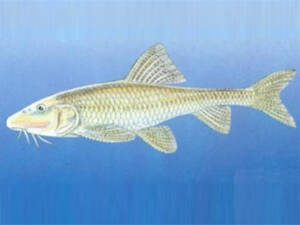
Gobiobotiahomalopteroidea Rendahl
Gobiobotiahomalopteroidea Rendahl,eight-whiskergudgeon,Eight-bearded fish, pike
The Latin scientific name of the flat-finned loach is Gobiobotiahomalopteroi···
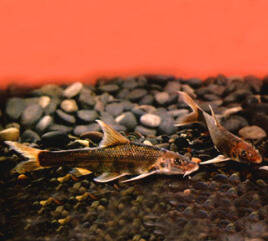
Rhinogobio ventralis
Rhinogobio ventralis,Foreign fish, earthworm, long-fin goby
The long-finned goby, whose scientific name is Rhinogobio ventralis, is a fi···
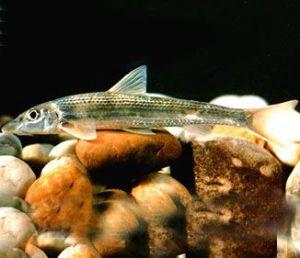
Rhinogobio nasutus
Rhinogobio nasutus,Big nose goby
The Latin name is Rhinogobio nasutus, which is an aquatic animal belonging t···
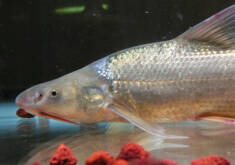
Coreius guichenoti
Coreius guichenoti,Square head water nose, water nose, golden loach, net mouth, twist, fat Tuo, water dense, round mouth copper fish
Coreius guichenoti, Latin name of round-mouthed copper fish, is a fish of Cy···
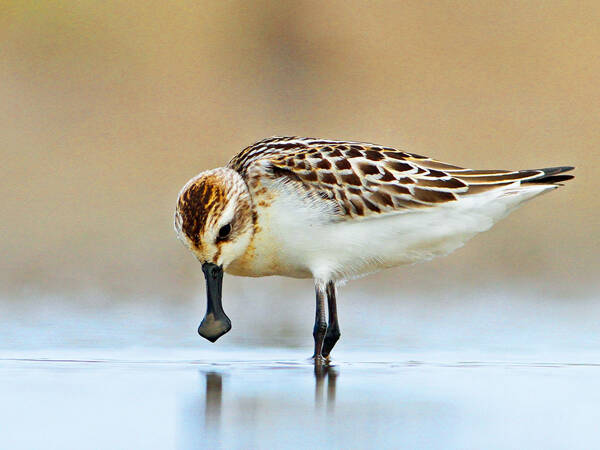
Calidris pygmaea
Calidris pygmaea,Shoveler,Spoon-billed Sandpiper
Spoon-billed Sandpiper breeds in the tundra, and is more common in coastal w···
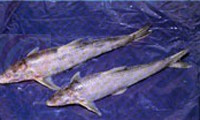
Coreius septentrionalis
Coreius septentrionalis (Nichols),Northernbronze-gudgeon,Pigeon fish, sand spit, sharp-mouthed water tuna, yellowhead fish (ancient name), northern copper fish
The Latin name of the Northern Bronze-gudgeon is Coreius septentrionalis (Ni···
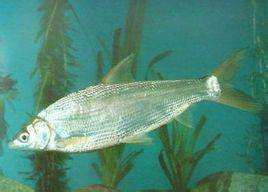
Anabarilius transmontana
Anabarilius transmontana,Mountain Whitefish
Anabarilius transmontana, a species of fish belonging to the Cyprinidae fami···
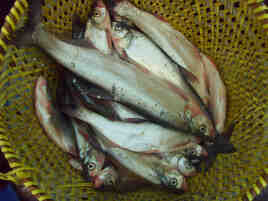
Anabarilius polylepis
Anabarilius polylepis,Large white fish, peach white fish, multi-scale white fish
Anabarilius polylepis, the Latin name of the multi-scale whitefish, is a fis···
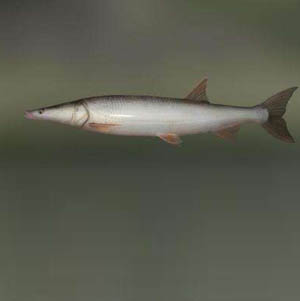
Luciobramamacrocephalus
Luciobramamacrocephalus,longspiky-head carp,Blowgun, pointed-headed catfish, horse-headed catfish, duck-billed catfish, trumpet fish, catfish, catfish
The Latin name of the carp is Luciobramamacrocephalus, and the English name ···
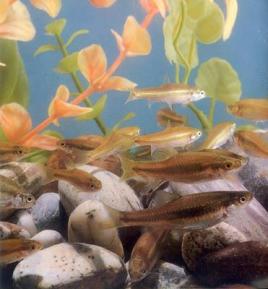
Gobiocypris rarus Ye et Fu
Gobiocypris rarus Ye et Fu,Raregudgeon,Golden white lady, ink line fish, rare goby
The Latin name of the rare gobiocypris is Gobiocypris rarus Ye et Fu, and it···
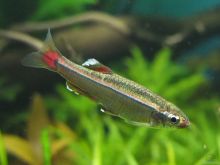
Tanichthys albonubes
Tanichthys albonubes,White Cloud Mountain Minnow, Baiyunshan fish, Tang fish, Baiyun golden fish, golden fish, redtail fish, Guangdong crucian carp, Pan's crucian carp
The Latin name of the minnow is Tanichthys albonubes, and its foreign name i···
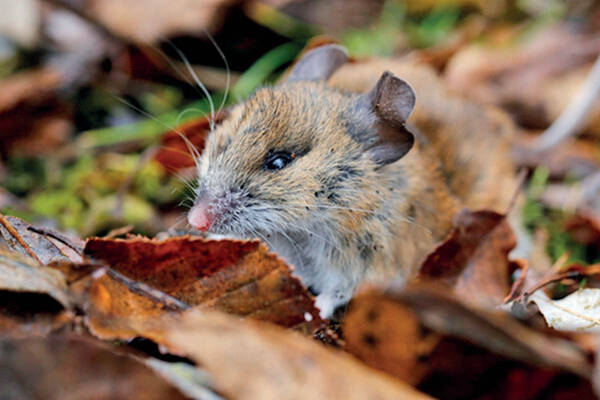
Apodemus draco
Apodemus draco,Apodemus draco draco,Apodemus draco orestes,Apodemus draco semotus,Forest mouse, mountain mouse, dragon mouse
Apodemus chinensis belongs to the Murinae subfamily. Also known as Apodemus ···
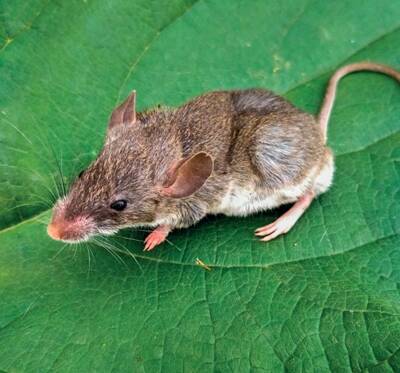
Apodemus chevrieri
Apodemus chevrieri
The Alpine Apodemus belongs to the Murinae subfamily. The taxonomic status o···
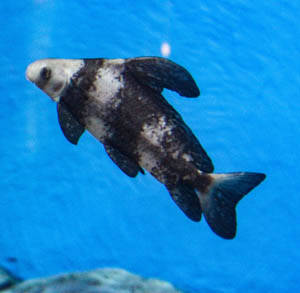
Myxocyprinus asiaticus
Myxocyprinus asiaticus,,Rouge fish, grilled bream, yellow steak, leaf plate, red fish, purple bream, bird fish, blood steak, pink steak, etc.
The Latin name of the mullet is Myxocyprinus asiaticus, and there is no subs···
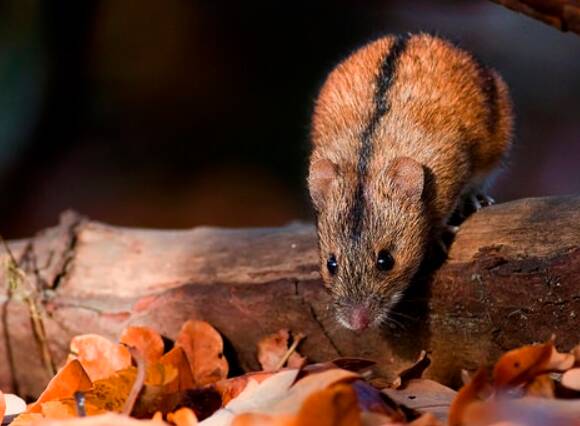
Apodemus agrarius
Apodemus agrarius,Field mouse, black-lined mouse, long-tailed black-lined mouse
The black-striped field mouse is a small rodent with a slender and agile bod···
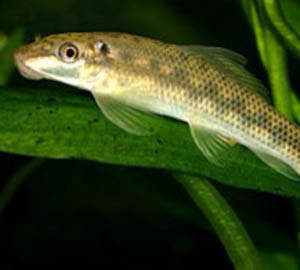
Gyrinocheilus aymonieri
Gyrinocheilus aymonieri,Wall Climbing Fish, Scavenger Fish, Algae Eater Fish, Double-Porifera
The Latin name of the diapsid fish is Gyrinocheilus aymonieri, which is ende···
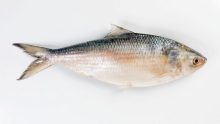
Tenualosa reevesii
Tenualosa reevesii,Hilsa herring 、Seasonal shad 、 Reeves’ shad,Shad, seasonal fish, salmon, salmon, Reeves's herring, etc.
The Latin name of the shad is Tenualosa reevesii, and its foreign names are ···
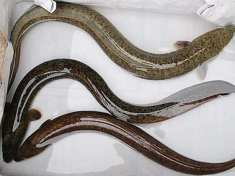
Anguilla marmorata
Anguilla marmorata,Marbled eel、Giant Mottled Eel,Big eel, perch eel, flower eel, snow eel, king eel, black ear eel, reed eel, stream eel, stream slide
The Latin name of the flower eel is Anguilla marmorata, and its foreign name···
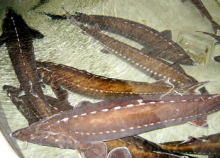
Acipenser schrencki
Acipenser schrencki,Amur Sturgeon,Seven floating fish, Heilongjiang sturgeon, Amur sturgeon, Acipenser schrenckii, Acipenser schrenckii
The scientific name of Acipenser schrencki is Acipenser schrencki, and its f···
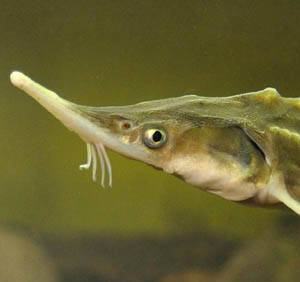
Acipenser ruthenus
Acipenser ruthenus,Sterlet,Acipenser
The Latin name of the small-bodied sturgeon is Acipenser ruthenus, and its f···
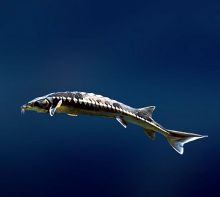
Acipenser nudiventris
Acipenser nudiventris,Barbel Sturgeon、Ship Sturgeon.sturgeon, naked sturgeon
The Latin name of naked sturgeon is Acipenser nudiventris, and its foreign n···
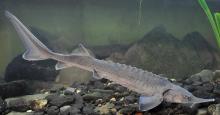
Acipenser baerii
Acipenser baerii,Siberian sturgeon,Acipenser siberianus
The Latin name of Siberian sturgeon is Acipenser baerii, and its foreign nam···
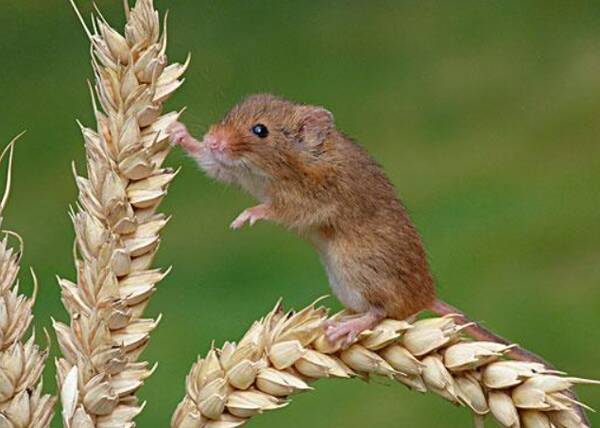
Micromys minutus
Micromys minutus,Oat rats, garden rats, dwarf rats, etc.
The nest mouse belongs to the Murinae subfamily. There are only two species ···

